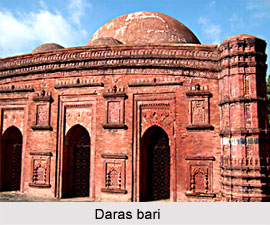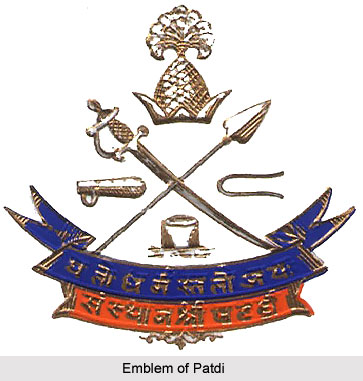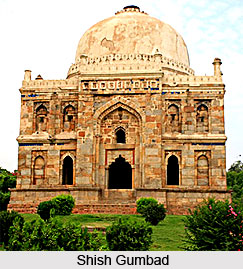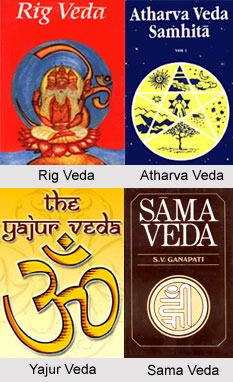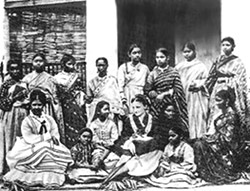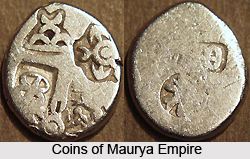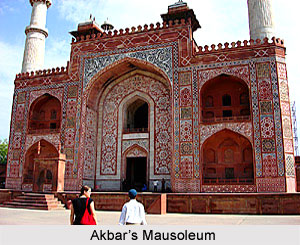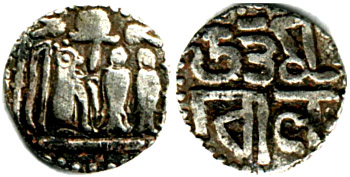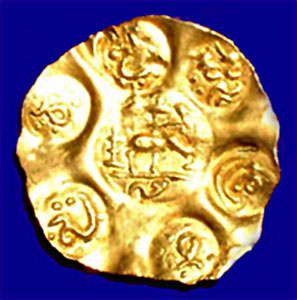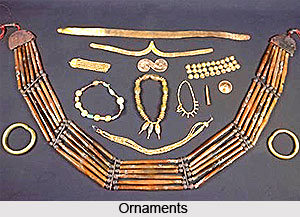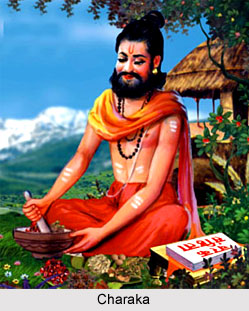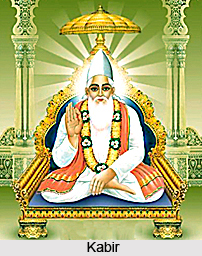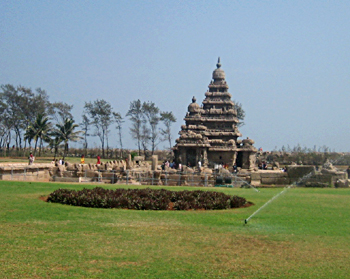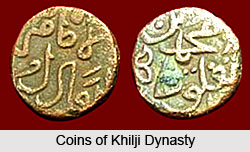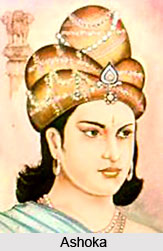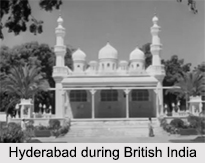 The Nizam`s Contingent or Nizam`s Army became the Hyderabad Contingent following the treaty of 1853. This contingent was divided into regiments or military units. One such unit was cavalry. Given below are the cavalries of the Hyderabad Contingent.
The Nizam`s Contingent or Nizam`s Army became the Hyderabad Contingent following the treaty of 1853. This contingent was divided into regiments or military units. One such unit was cavalry. Given below are the cavalries of the Hyderabad Contingent.
1st Cavalry of the Hyderabad Contingent
1st Cavalry of the Hyderabad Contingent was earlier raised as Asif Sah`s Irregular Cavalry under the Colours of the Nizam of Hyderabad in Berar in 1790. It then became Nizam`s Contingent (1801), 1st Reformed Horse (1816) and 1st Regiment, Nizam`s Cavalry (1826). 1st Cavalry of the Hyderabad Contingent was then created in 1854. It became the 1st Lancers, Hyderabad Contingent in 1890. It got converted into the 20th Deccan Horse in 1903. In 1922, it got merged with the 29th Lancers (Deccan Horse) to become the Royal Deccan Horse (9th Horse). In 1947, it was allocated to India on Partition. It became the Deccan Horse (9 Horse) in 1950.
2nd Cavalry of the Hyderabad Contingent
2nd Cavalry of the Hyderabad Contingent was earlier raised as Asif Sah`s Irregular Cavalry under the Colours of the Nizam of Hyderabad in Berar in 1790. In 1801, it became the Nizam`s Contingent. In 1816, it became the 2nd Reformed Horse and in 1826, it became 2nd Regiment, Nizam`s Cavalry. 2nd Cavalry of the Hyderabad Contingent was created in 1854. It became the 2nd Lancers, Hyderabad Contingent in 1890. It got converted into the 29th Lancers (Deccan Horse) in 1903. In 1922, it merged with the 20th Deccan Horse to become the Royal Deccan Horse (9th Horse). In 1947, it was allocated to India on Partition. It became the Deccan Horse (9 Horse) in 1950.
3rd Cavalry of the Hyderabad Contingent
3rd Cavalry, Hyderabad Contingent was earlier Asif Sah`s Irregular Cavalry under the Colours of the Nizam of Hyderabad in Berar in 1790. It became the Nizam`s Contingent in 1801. In 1816, it became the 3rd Reformed Horse and then it got converted into the 3rd Regiment, Nizam`s Cavalry in 1826. It was in 1854 that it became 3rd Cavalry, Hyderabad Contingent. It became the 3rd Lancers, Hyderabad Contingent in 1890. In 1903, the unit got disbanded.
4th Cavalry of the Hyderabad Contingent
4th Cavalry, Hyderabad Contingent came up in 1854. It was earlier 4th Regiment, Nizam`s Cavalry, which was raised by Captain Sir John Gordon in 1826. In 1890, the cavalry became the 4th Lancers, Hyderabad Contingent. In 1903, it became the 30th Lancers (Gordon`s Horse). In 1921, the unit merged with the 26th King George`s Own Light Cavalry to form 8th King George`s Own Light Cavalry.


